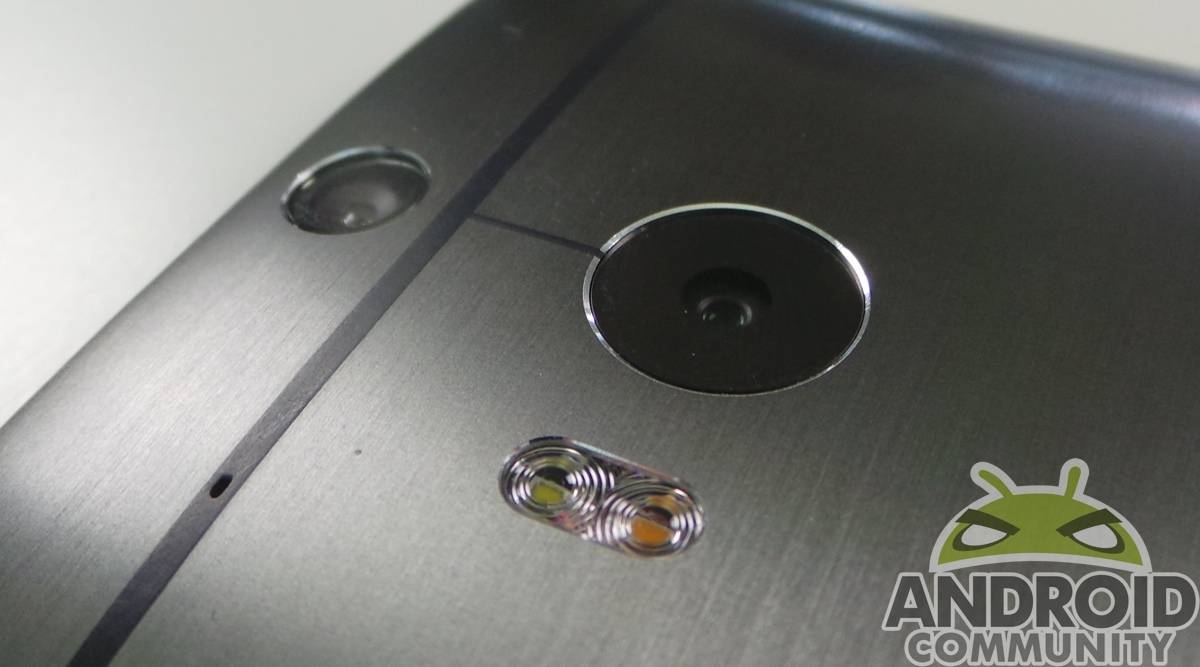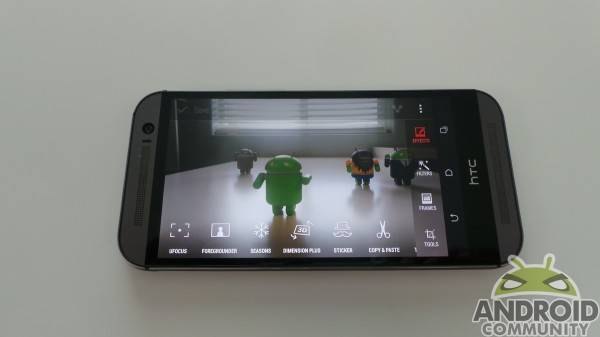
With the HTC One (M8), camera hardware doesn’t always lead to better shots in the moment. With the second camera gathering info about the shot as you take it, some added post-production work is available. With UFocus, we can go back to our pics and change the focal point, erasing mistakes we may have made the first time around. Is UFocus a feature, or a failure? We go hands-on to find out.
The point of UFocus is simple, and requires that you do nothing ahead of time. The secondary camera on the One (M8) is there to gather info about depth of field among other statistics, making UFocus a feature that’s unique for sharingthe perfect moment.
Once you snap a picture, simply go into your gallery and select the picture you want to edit. Tap on the picture, click edit > effects, and a lineup of editing features scrolls across the bottom. Once you tap on UFocus, a pop-up tells you to tap on your new focal point. Once you do, it changes the focus to that object, blurring the rest of the pic out.

We like UFocus because it does a pretty good job of digesting the depth info, blurring accordingly. If you focus on an object further away, it blurs the ones closer to you a bit more than objects that may lie between the new focal point and closest object, which you can see in the examples below. That gives your pics the feeling that you know what you’re doing in the moment, rather than in editing afterward.
Where it falls short is that it simply blurs, and does little more than offer a fuzzy perspective around the focal point. While objects closer get a different effect, it’s still just blurring. It makes everything around your focal point muted, which is the point, but we’d like some added effects, like a warp or something. That could come in a later update, and is clearly just a wish list item.
UFocus is simple, easy-to-use, and best of all — included. We like the effect, but also enjoy that it saves your edits as new pictures each time. While your gallery could get bulky, it does make it handy for those times when you have a group shot, or just want different photos to choose form. You’ll get both the original, as well as each edit you make, so you can share copiously, as well as personally. UFocus has a lot of use cases we’d actually use it for, and that’s the real benchmark of successful software.













It seems like the kind of thing that can be enhanced through software as they refine the algorithms handling the depth data